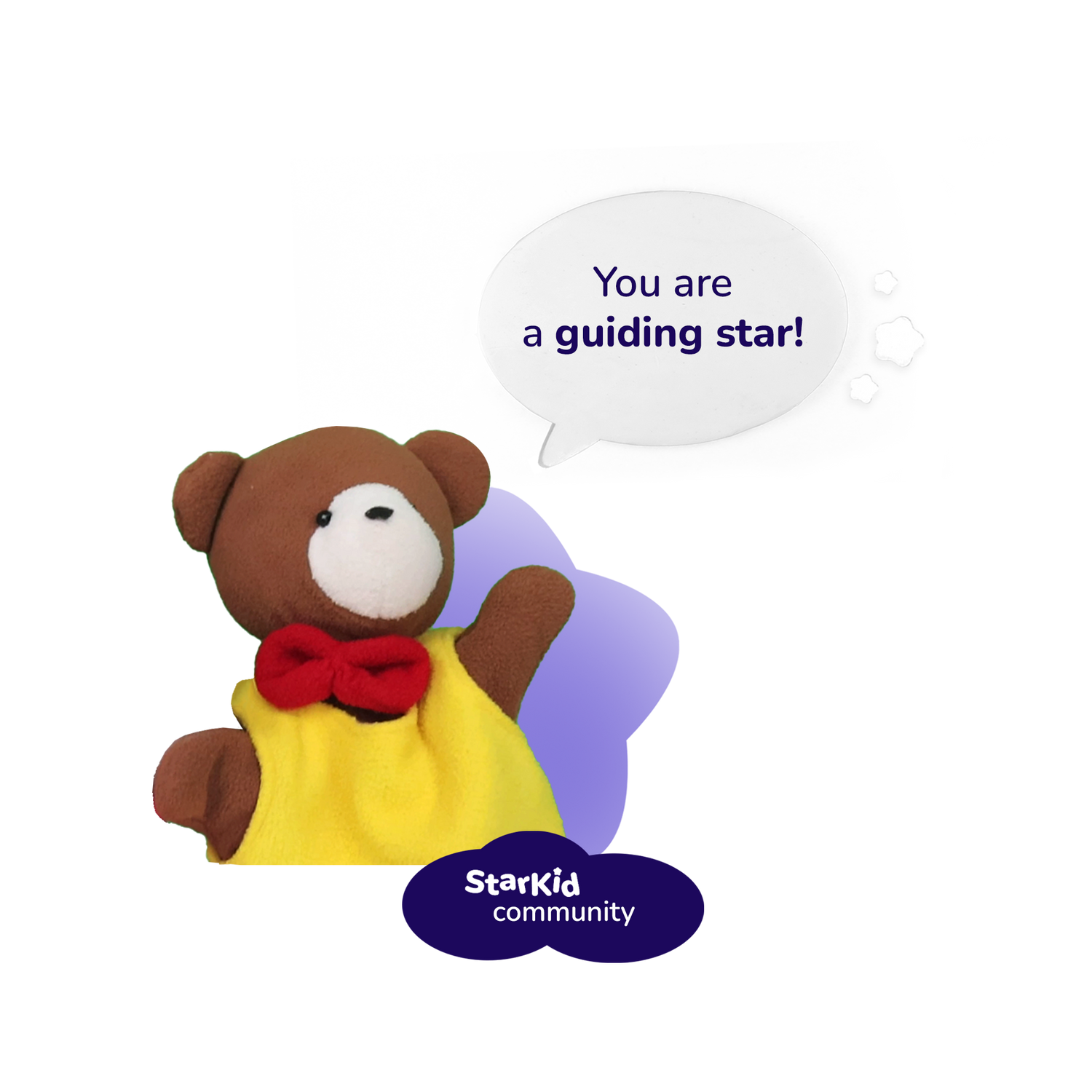Best languages to learn, techniques, and tricks
Learning a language is an empowering experience that opens the horizons to new cultures. Although learning an idiom from scratch can be hard, the challenges tend to be more difficult for children with learning disabilities. Dyslexic kids have a hard time associating sounds with words, leading to orthographical mistakes. Therefore, learning their native tongue can already be harder than normal, and these struggles are also present in the learning of a new language.
In this article, we give some tips on how to boost this learning process, but it is important to know that if learning the native language poses too many difficulties already, it may not be a good idea to expose the kid to a different language. In some schools, it is possible to ask for a waiver and modify their IEP. For example, instead of learning Spanish, they can learn something related, such as the History of the Spanish language or whatever subject the school can provide. It is also important to know that the ideal age to start learning a language is 10, which gives the kid plenty of time to become fluent in it. However, it is beneficial to expose them gradually to the idiom before that age.
Choosing a language
When choosing a language, the main criterion would be its transparency, which is the degree to which the sounds correspond to the writing. Since these languages have fewer irregularities, it is easier to learn, and the spelling mistakes aren’t as frequent.
For transparent languages, you have Spanish, Italian, Finnish, German, and others. German, for example, has a very similar sound system to English, although the grammar can be very complex. Languages like Portuguese, Danish, and French are opaque and therefore tend to be harder to learn.
Another factor to take into account is the writing system. Languages that use a logographic writing system, such as Chinese or Japanese, as opposed to alphabetical languages, such as English, may partially hide the symptoms of dyslexia. Even though it isn’t 100% unanimous, brain activation when reading these different writing systems is not the same. It is quite possible that for English, the brain activates a more dependent phonological neural pathway (the words are mainly stored in areas of the brain related to sound) as opposed to Chinese, for example. In the logographic writing system, it is assumed to have a higher demand for visual and verbal short-term memory (Hu et al., 2010). In short, spelling mistakes and higher fluency can come as a result of learning logographic languages.
How to help your kid?
But as a parent, what can you do to help your kid? There are several techniques and tricks to help dyslexic kids have an easier time acquiring a new language:
- Use flashcards to help them memorize vocabulary (there are also several apps for that purpose).
- Color the words; blue and pink work well for gendered words.
- Language learning apps can also be very useful.
- Don’t be a perfectionist. It is better if the kid writes the word in an understandable way rather than being super accurate.
- Watch videos or movies with subtitles in the original language. This one requires a bit more knowledge though. Listening to songs is also very positive.
- Repetition is key. For dyslexic children, it is important to “overlearn” words in order to remember them.
- Use dyslexic-friendly fonts such as Arial and Comic Sans and size 12-14 or bigger. Make the space between the words and letters bigger. This will make the text look less crowded and make it easier to read.
Conclusion
To summarize, before introducing a new language to your kid, make sure they are motivated to do so and that it is not too hard for them. After that, try to choose a language that isn’t too hard and help them through that journey.


